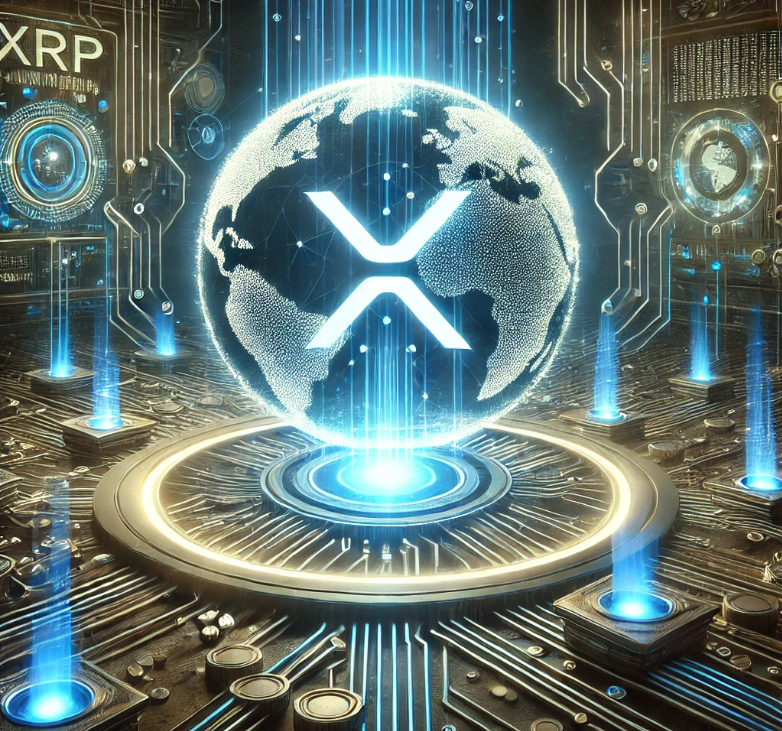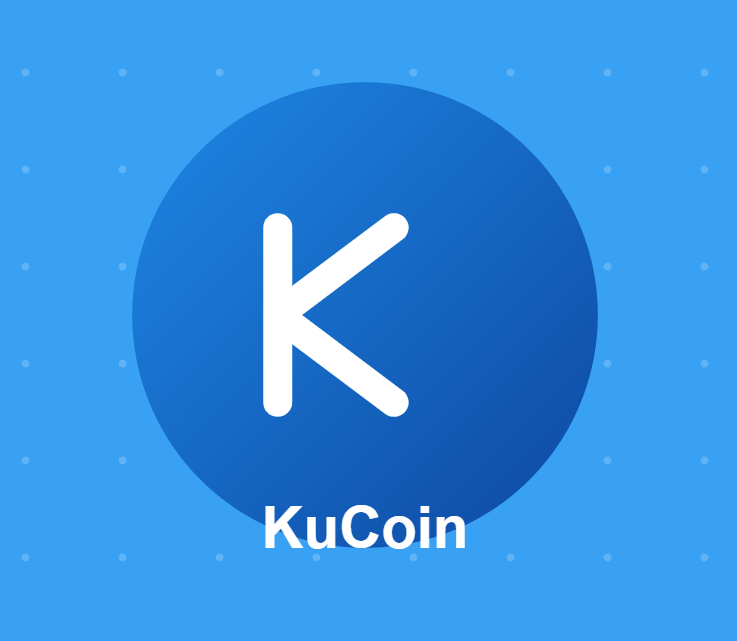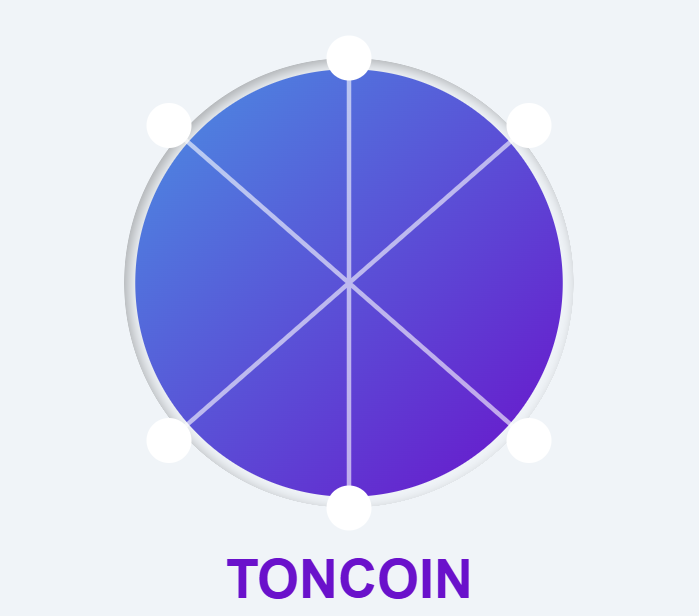
Introduction to XRP
XRP is a digital asset created by Ripple Labs to facilitate fast, low-cost international payments and remittances. Unlike traditional cryptocurrencies such as Bitcoin and Ethereum, which primarily serve as decentralized stores of value or smart contract platforms, XRP was designed to improve cross-border transactions and bridge the gap between traditional finance and blockchain technology.
Since its launch in 2012, XRP has become one of the most well-known cryptocurrencies, consistently ranking among the top digital assets by market capitalization. Ripple, the company behind XRP, has built an extensive network of financial institutions that use XRP as a bridge currency for international settlements.
How XRP Works
Unlike Bitcoin, which relies on a Proof-of-Work (PoW) mechanism, or Ethereum, which now uses Proof-of-Stake (PoS), XRP operates on the XRP Ledger (XRPL). The XRPL is a decentralized, open-source blockchain that utilizes a unique consensus algorithm to validate transactions.
1. XRP Ledger (XRPL)
The XRP Ledger is a high-performance blockchain known for its speed, scalability, and low-cost transactions. Key features of the XRPL include:
Consensus Protocol: Instead of mining or staking, the XRPL uses a unique consensus algorithm that relies on a network of validators to approve transactions.
Transaction Speed: XRP transactions settle in about 3-5 seconds, making it one of the fastest blockchain networks.
Low Transaction Costs: The average transaction fee on the XRPL is typically less than $0.01, significantly lower than traditional banking fees.
Scalability: The XRPL can handle up to 1,500 transactions per second (TPS), compared to Bitcoin’s 7 TPS and Ethereum’s 30 TPS.
2. XRP as a Bridge Currency
XRP’s primary use case is to facilitate instant cross-border transactions. Traditionally, international money transfers rely on intermediaries, such as correspondent banks, which introduce delays and high costs. XRP eliminates these inefficiencies by providing liquidity on demand.
When a bank or financial institution needs to send money internationally, it can convert fiat currency (e.g., USD) into XRP, transfer it instantly to another country, and then convert it back into the local currency (e.g., EUR). This process reduces settlement times from days to seconds while minimizing exchange rate risks.
Ripple vs. XRP: Understanding the Difference
Many people confuse Ripple with XRP, but they are distinct entities:
XRP is the native digital asset of the XRP Ledger. It functions independently and can be used by anyone for transactions.
Ripple is a financial technology company that develops solutions to improve cross-border payments. While Ripple utilizes XRP in its payment solutions, the company does not control or own the XRP Ledger.
Use Cases of XRP
1. Cross-Border Payments
XRP is primarily used to facilitate international remittances and payments through Ripple’s On-Demand Liquidity (ODL) service. ODL enables financial institutions to bypass the traditional banking system and settle transactions in seconds.
2. Financial Institution Adoption
Several banks and payment service providers have partnered with Ripple to integrate XRP into their payment flows. Some institutions use Ripple’s software without XRP, while others leverage ODL for liquidity.
3. Micropayments
Due to its fast and low-cost transactions, XRP is ideal for micropayments, such as streaming payments, content monetization, and small e-commerce transactions.
4. Smart Contracts and Decentralized Finance (DeFi)
While XRP does not have native smart contract functionality like Ethereum, Ripple’s side projects, such as the Flare Network, aim to introduce smart contract capabilities to the XRPL. This expansion could enable DeFi applications and decentralized exchanges on the XRP Ledger.
XRP’s Economic Model
1. Fixed Supply
Unlike Bitcoin, which has a total supply of 21 million coins, XRP has a maximum supply of 100 billion tokens. However, unlike many cryptocurrencies, new XRP cannot be mined. Instead, the entire supply was pre-mined at launch.
2. Token Distribution
At launch, the 100 billion XRP tokens were distributed as follows:
Ripple Labs received 80 billion XRP to fund development and partnerships.
20 billion XRP was retained by the founding team.
A significant portion of XRP is locked in escrow to be released gradually.
3. Transaction Fees and Token Burn
Every XRP transaction incurs a small fee, which is burned, reducing the total supply over time. This mechanism prevents spam transactions and ensures long-term deflationary pressure.
Regulatory Challenges and Legal Battle with the SEC
One of the biggest challenges XRP has faced is regulatory scrutiny, particularly in the United States. In December 2020, the U.S. Securities and Exchange Commission (SEC) filed a lawsuit against Ripple Labs, alleging that XRP was an unregistered security. The lawsuit caused significant price volatility and led to the delisting of XRP from several exchanges.
Key Points of the SEC Lawsuit
The SEC argued that Ripple conducted an unregistered securities offering by selling XRP to investors.
Ripple countered that XRP is a decentralized digital asset, similar to Bitcoin and Ethereum, and should not be classified as a security.
The case has had broader implications for the cryptocurrency industry, influencing regulatory discussions on whether digital assets should be classified as securities or commodities.
Despite legal challenges, XRP remains one of the most actively traded cryptocurrencies, and its adoption continues to grow.
Comparing XRP to Other Cryptocurrencies
1. XRP vs. Bitcoin (BTC)
| Feature | XRP | Bitcoin (BTC) |
|---|---|---|
| Consensus Mechanism | Consensus Protocol | Proof-of-Work (PoW) |
| Transaction Speed | 3-5 seconds | 10-60 minutes |
| Transaction Cost | Less than $0.01 | Varies (often $5-$20) |
| Supply | 100 billion (pre-mined) | 21 million |
| Main Use Case | Cross-border payments | Store of value |
2. XRP vs. Ethereum (ETH)
| Feature | XRP | Ethereum (ETH) |
|---|---|---|
| Consensus Mechanism | Consensus Protocol | Proof-of-Stake (PoS) |
| Smart Contracts | Limited | Yes |
| Transaction Speed | 3-5 seconds | 10-15 seconds |
| Main Use Case | Payments | Smart Contracts & DeFi |
Future of XRP
Despite regulatory uncertainties, XRP has significant potential for growth. Several factors contribute to its long-term success:
1. Expansion of Ripple’s Network
Ripple continues to partner with financial institutions worldwide, increasing XRP’s adoption in cross-border payments. If more banks integrate XRP into their operations, its demand and utility will rise.
2. Regulatory Clarity
If Ripple successfully resolves its legal battle with the SEC, it could pave the way for greater institutional adoption and regulatory clarity in the cryptocurrency industry.
3. Integration with DeFi and Smart Contracts
Projects like the Flare Network aim to bring smart contract functionality to XRP, opening up new use cases in decentralized finance (DeFi) and NFTs.
4. Market Sentiment and Adoption
As more people recognize XRP’s efficiency in global payments, its adoption could increase, leading to higher transaction volumes and price appreciation.
Conclusion
XRP is a unique cryptocurrency designed for fast, low-cost cross-border transactions. With its high-speed XRP Ledger, institutional partnerships, and growing use cases, XRP has positioned itself as a key player in the global payments industry.
Despite facing regulatory challenges, XRP continues to evolve, with new developments in DeFi, institutional adoption, and financial technology. If Ripple successfully navigates legal and regulatory hurdles, XRP could play an even larger role in the future of digital finance.
As the blockchain space continues to grow, XRP remains one of the most innovative and impactful cryptocurrencies, bridging the gap between traditional banking and decentralized financial systems.



